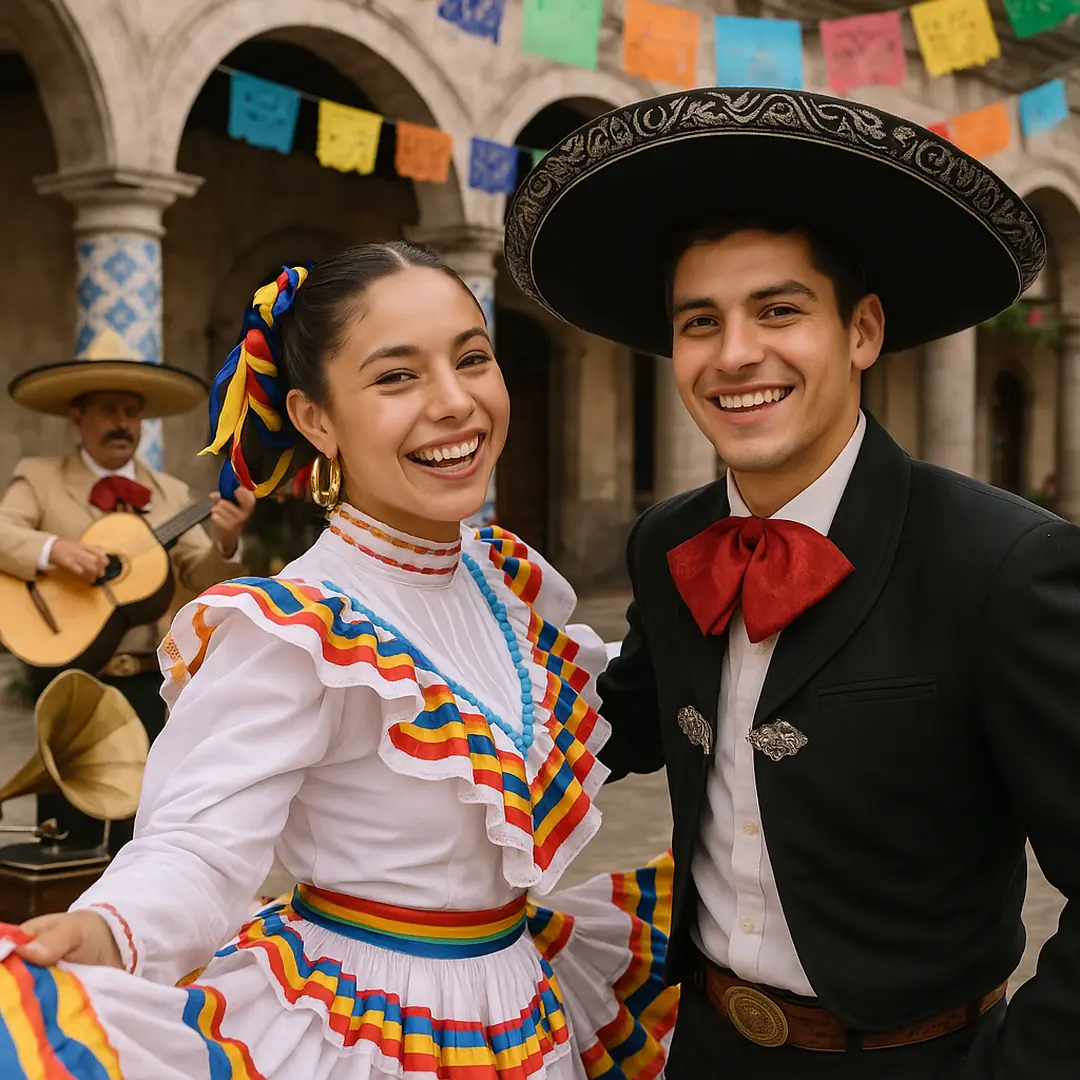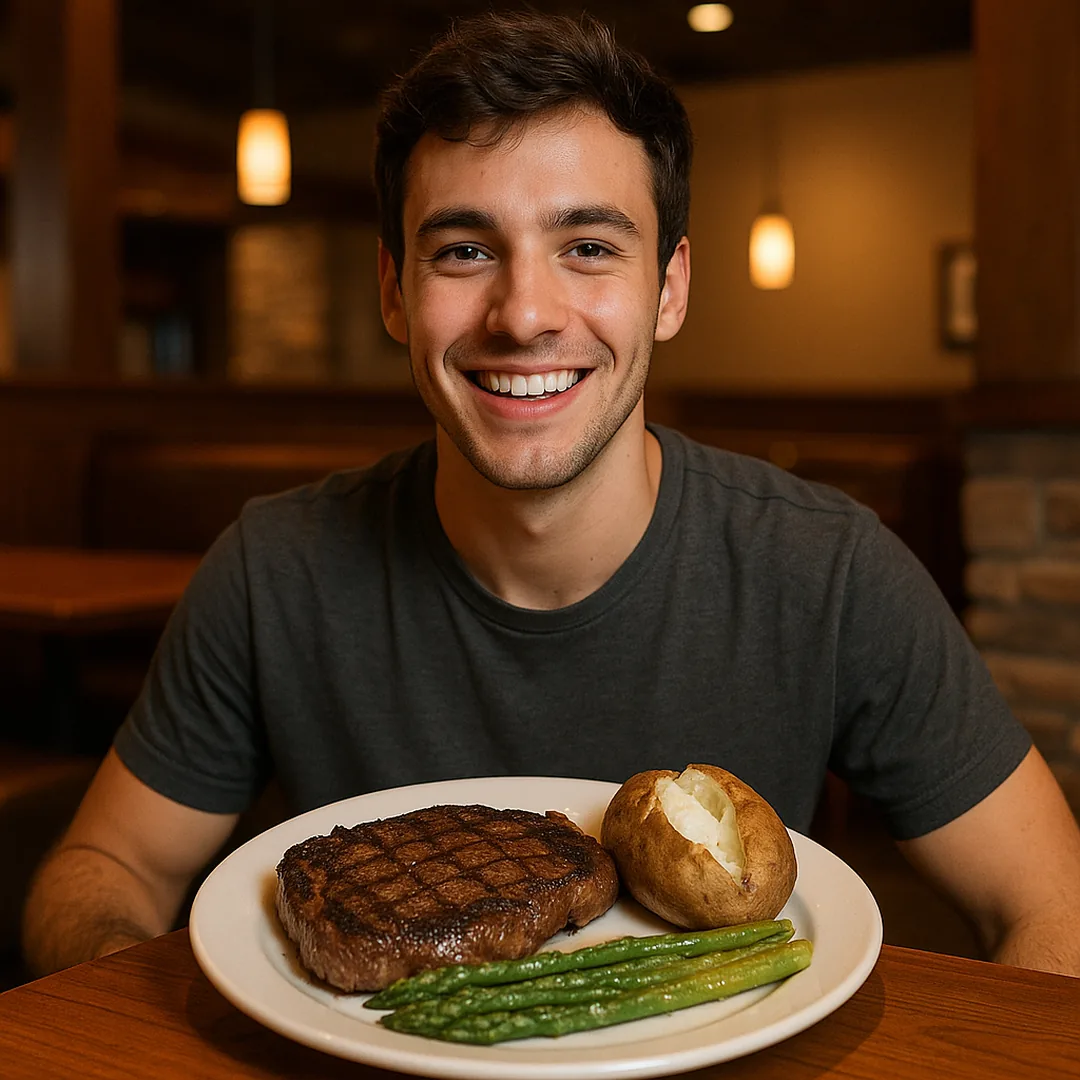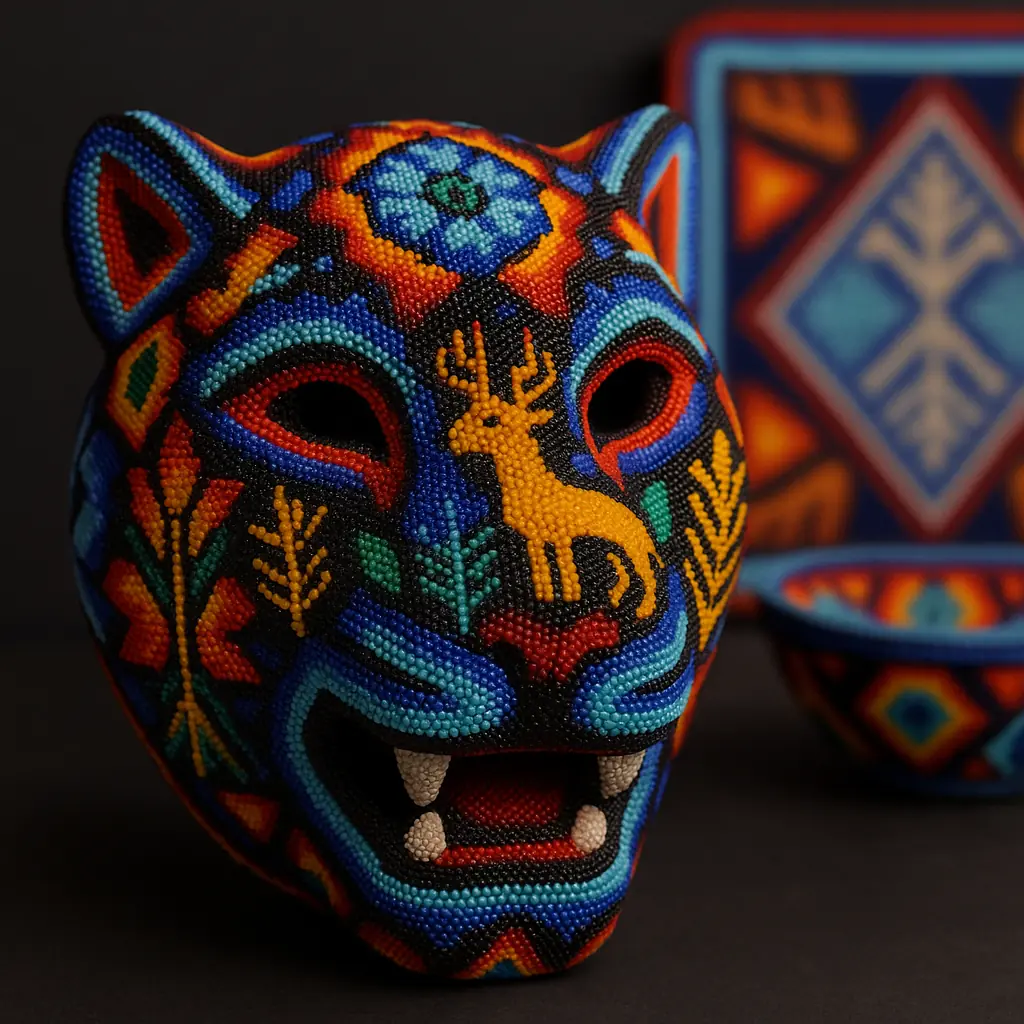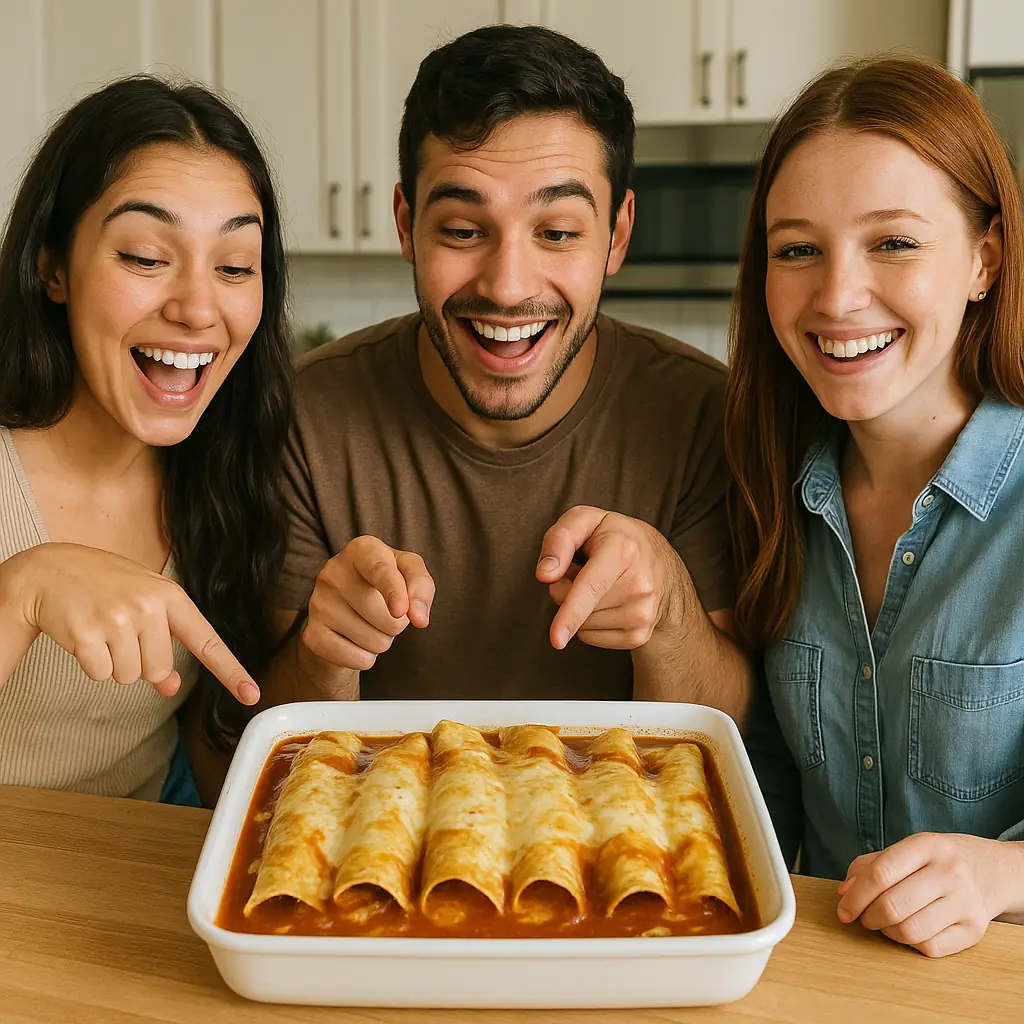The Jarabe Tapatío—often nicknamed the Mexican Hat Dance—is more than a catchy melody and swirling skirts. It’s a choreographed love letter to Mexican identity, stitched together from regional traditions, post-independence pride, and the pageantry of charro and china poblana dress. Below, we trace how this exuberant courtship dance became a cultural shorthand for Mexico at home and abroad.
What “Jarabe Tapatío” Means?
In Spanish, jarabe refers to a medley—historically, a suite of dance tunes blended together—while tapatío means “from Guadalajara” (and by extension, Jalisco).
Put together, the phrase signals both a mixed musical form and a Jalisco origin story, even though influences from other regions helped shape the dance as it spread.
Roots: From Folk Medleys to National Symbol
During the 19th century, “jarabes” were popular composite pieces that combined contrasting rhythms and melodies. They were danced socially and sometimes raised clerical or colonial eyebrows for their close partnering and festive flair. After Mexican independence, jarabes—especially the Jalisco-flavored one—were embraced as expressions of a distinct national character, celebrating local dress, music, and courtship rituals.
Over time, performers and teachers standardized a particular sequence and look, and the Jarabe Tapatío became the version most audiences recognized and loved. By the early 20th century, it was widely described as Mexico’s national dance, a status reinforced by schools, civic ceremonies, and touring ensembles.
The Courtship Story on Stage
At its heart, the choreography enacts a playful courtship. The man—dressed as a charro—circles and displays, tipping his sombrero; the woman—wearing the bright, embroidered china poblana dress—responds with graceful footwork and coy turns. The iconic sombrero placed on the floor becomes a symbolic stage:
-
Flirtation and challenge: Spirited zapateado (percussive footwork) and teasing glances.
-
Acceptance: Coordinated figures suggest mutual respect and growing affection.
-
Union: A climactic moment (often stepping over or near the hat together) signals agreement and partnership.
The plot is simple yet symbolic: dignity, skill, and consent, wrapped in joyful spectacle.
The Music: From Salon to Plaza to Mariachi
Early jarabes were medleys—stitched from regional airs—before settling into more standardized concert and school versions. Today, audiences most often hear the Jarabe Tapatío performed by mariachi with violins, trumpets, vihuela, guitarrón, and sometimes guitar or harp.
The tune’s charm lies in its clear melodic hooks and rhythmic propulsion, designed to amplify the dancers’ footwork and skirtwork.
Because the form began as a medley, you’ll find arrangement variations—tempo shifts, instrumental breaks, and local touches that keep the piece fresh while preserving its recognizable main theme.
Costumes: Moving Heritage
The visual identity of the Jarabe Tapatío is inseparable from its attire:
-
Charro suit (for men): Fitted jacket and pants with silver botonadura (ornamental buttons), short boots for crisp footwork, and the sombrero—both prop and emblem.
-
China poblana dress (for women): A bright, beaded or embroidered skirt and blouse, often featuring national colors and motifs. The skirt’s fullness is not just pretty—it’s functional, creating those famous floral arcs as it spins.
These costumes don’t merely decorate the dance; they carry regional history and social symbolism onto the stage.
Global Fame and Stage Adaptations
By the early 20th century, the Jarabe Tapatío leapt from local plazas to international stages, helped by touring artists and folkloric ensembles. Ballet stars and traveling troupes popularized the “Mexican Hat Dance” label abroad, and Hollywood-era film and radio further broadcast the melody.
As it toured, choreographers crafted stage-friendly versions that balanced authenticity with theatrical polish—wider gestures, bigger skirtwork, and ensemble patterns fit for large audiences.
Why It Endures
The dance’s endurance comes from a rare cultural alchemy:
-
A clear story (courtship) that audiences instantly grasp.
-
Memorable music that invites both precision and spontaneity.
-
Costumes that turn movement into color and light.
-
Identity work—the Jarabe Tapatío acts as a celebratory emblem at national holidays, school events, and international showcases.
In short, it’s heritage you can hear and see—living tradition that feels festive, proud, and unmistakably Mexican.
Mini-Timeline
-
19th century: Jarabes circulate as mixed dance medleys; Jalisco’s flavor rises in prominence.
-
Late 19th–early 20th century: Standardization for stage and school use; national symbolism grows.
-
20th century: International tours, film, and radio cement the “Mexican Hat Dance” in global popular culture.
-
Today: A staple of folkloric companies, civic festivals, classrooms, and cultural diplomacy.
How It’s Taught and Performed Today
Dance schools and community groups typically teach the Jarabe Tapatío in progressive sequences—from basic stance and skirt handling to full patterns with musical cues. Performances can be duets or ensemble suites, sometimes embedded in a longer program that showcases regional dances (sones, huapangos, polkas) to tell a bigger story of Mexico’s diversity.
“Under the Hat, A Nation Dances”
The Jarabe Tapatío is not just a number on a program; it’s a compact narrative of Mexico’s past and present. Courtship becomes choreography, identity becomes costume, and music becomes memory.
Each tip of the sombrero is a gesture toward tradition, and each sweeping turn answers with renewed life. That’s why, century after century, the nation keeps dancing.






